15 Celebrities I Honestly Didn’t Know Were a Couple

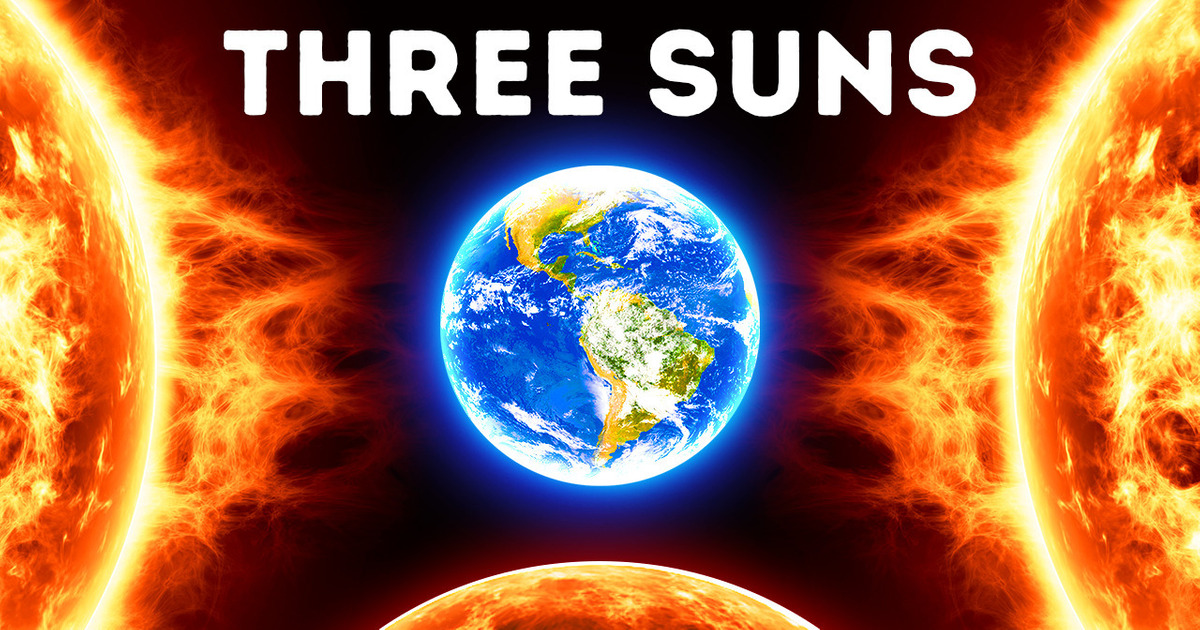
What would the Earth look like if it was born in another stellar system? I did a little research for you to find out. And the results were surprisingly wholesome! There are some warm tropics, strong winds, and... giant dragonflies. But okay, let me explain from the very beginning.
Since 1995, NASA has discovered more than 4,100 planets outside the Solar System [exoplanets]. Unfortunately, most of them are either flying ice balls like Neptune or gas giants like Jupiter. But there are still as many as 161 planets similar to our Earth! And one of them is very close to us — in the Centauri constellation. There are three stars in this constellation.
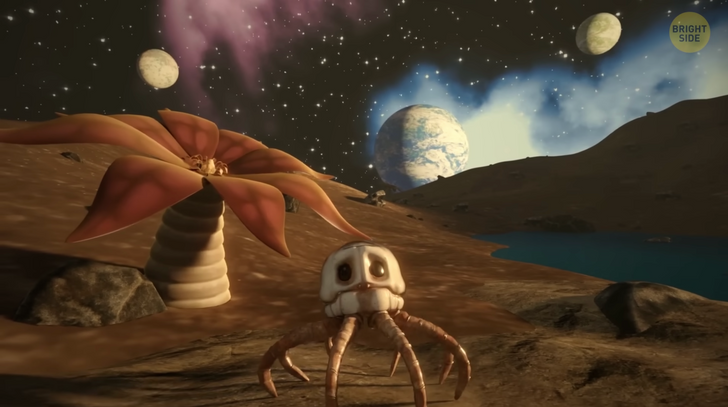
Two of them are called Alpha Centauri A and Alpha Centauri B. If you live in the Southern Hemisphere, you’ve probably seen them — they’re very bright. Because of that, they look like one big star. They rotate around each other ve-e-ery slowly.
And there’s the third star chilling around not far from them. It’s a teeny-tiny red dwarf Proxima Centauri. It got its name because of its proximity to our Sun. This star is the most interesting one, so let’s talk more about it.
Proxima Centauri is only 4.5 light-years away from us. Oh, and 1 light-year is about 6 trillion miles. Yep. If we went there, it would’ve taken just a little over 165 thousand years of traveling in a space shuttle. Oh, you think it’s a lot? For the Universe, it’s like checking on your fridge.
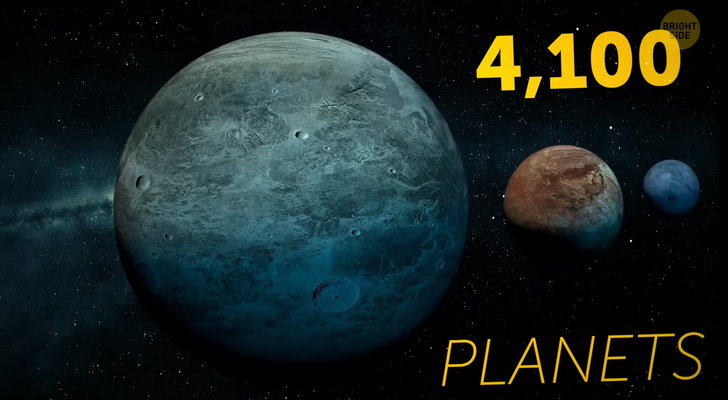
Proxima Centauri is much lighter and much smaller than the Sun. It’s also 2 times colder than the Sun, with a temperature of 3000 Kelvin. That’s why we can’t see it without a telescope. On the bright side, though — it will burn for trillions of years, and you don’t have to worry that one day it will eat us like our Sun! And yes, our twin planet is located right next to Proxima Centauri.
This planet is called... Proxima B. Yeah, I know. They got creative with all these names — I hope you won’t get confused. It’s slightly larger and more massive than the Earth. This planet is located in the habitable zone of Proxima Centauri. It means that there can be water and even some microorganisms there. Yes, it’s possible that one day, we’ll find some life there!
But right now, we don’t know much about this mysterious planet. It’s probably a rocky planet, like our Earth, and has a similar landscape. But this is just a theory — who knows what kind of jokes the Universe can throw at us? It would be a shame to fly 165 thousand years just to stumble upon a giant piece of ice or something. Fortunately, we probably won’t have to wait that long.
The big brains are now developing a technology that would allow us to move at the speed close to the speed of light [Breakthrough Initiatives and Starshot Project]. If they succeed, we’ll get to Proxima B in just 20 years! But anyway, this video is not about Proxima B. It’s about what would’ve happened if life had originated not in our Solar System but in Alpha Centauri. What if we were orbiting Proxima Centauri? Or the other two stars?
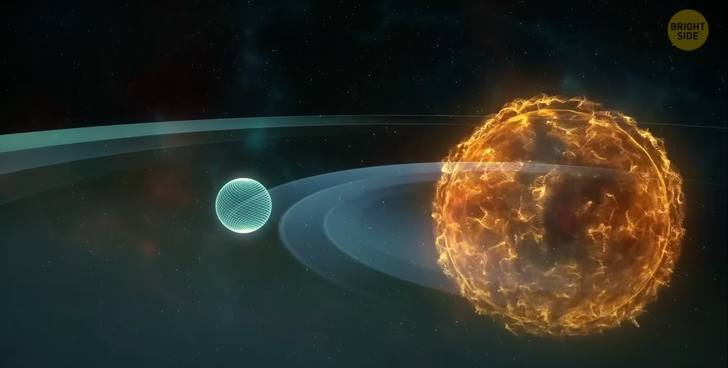
So now, let’s imagine that the Earth has replaced Proxima B. I’m gonna call this new planet “New Earth.” Guess I’m not very creative at naming, either. First of all, the orbit. The New Earth must be about 25 times closer to its star than Proxima B is. Otherwise, it would be unimaginably cold. Let’s move the planet a little closer... Excellent.
The day still lasts 24 hours, but our orbital period is very high. Proxima B revolves around its star in 11 days, but we’ll make it in just 8. Hey, a Birthday party every week? Sign me up! Oh, hold on. There’s another problem. You see, Proxima Centauri is a flare star. This means that sometimes, just out of nowhere, it throws out some stellar winds. These winds carry around a bunch of ionized particles, which then settle on the planets.
Yeah, our Sun also does that... But Proxima Centauri tries to finish us off 2000 times harder than our Sun. So the radiation levels are off the scale, to say the least. Don’t worry, it’s fine! All we need are incredibly strong magnetic fields. They will help us create a very thick atmosphere that can protect us from the Proxima Centauri’s tantrums. So now it’s gonna be very warm... Or not.
Another problem. Scientists are still not sure how exactly Proxima Centauri’s planets rotate around it. What if they turn out to be tidally locked, like our Moon? Then one half of the New Earth will be a frying pan, and the other half will be some frosty deserts. Oh, it’s fine! We’ll just settle down somewhere in the middle. Didn’t expect that I would ever say this, but it will definitely be warm at the North Pole!
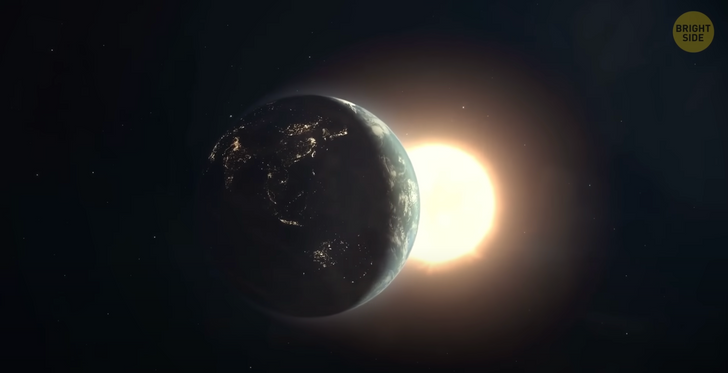
And if we’re lucky with the rotation, we’ll just get a cozy, warm planet. The average is about 70 °F, and there aren’t any extreme temperatures. On the New Earth, we have much more water. The weather is generally pretty crazy: some very strong winds and quite destructive rains that can go on for quite a long time. But you can adapt.
Temperature changes are much more noticeable in the mountains. Just like on Earth, the higher you climb, the colder it gets — except it’s VERY cold right here at the top. Because of this, the mountains and hills have jungles below and snow-covered deserts on the tops. But in general, it’s almost like the Earth’s tropics.
The flora is very rich. The trees are very low but lush. The thick atmosphere also makes flying easier, so there are a lot of large flying animals. Like dragonflies with a wingspan of 16 feet... Uhm... Moving on! The sky here is much lighter than on Earth and very cloudy. Sometimes it may seem completely white.
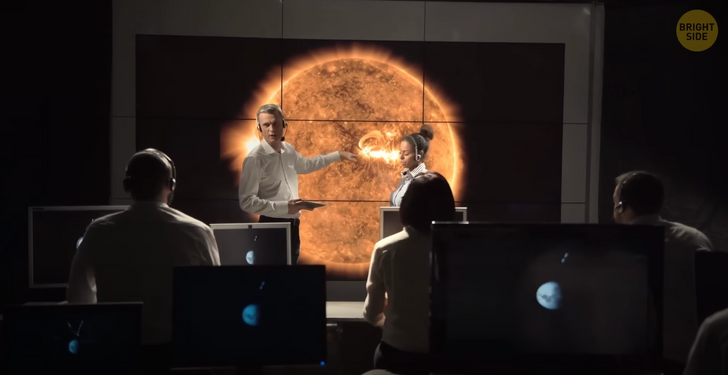
But the night starry sky is beautiful and bright. And there are 4 Suns! Our main one is Proxima Centauri. We can also see two bright Alpha Centauri stars. And finally, our old Sun, which looks like a bright, distant star. I allow you to shed a tear for the old Earth.
There are a few planets near us, like Proxima Centauri C. The host star is surrounded by 2 belts of cosmic dust, so get ready for some gorgeous colorful night views. So what we have in the end is a little crazy, but a beautiful green planet. I personally wouldn’t mind moving there already. What about you? Write in the comments!
Alright, so now we know what would’ve happened if our Earth had been born near Proxima Centauri. What about the other two stars? Unfortunately, we won’t be able to rotate near two stars at the same time. Scientists suspect that Alpha Centauri A and B have some kind of common planet that jumps from one orbit to another... But it’s probably very cold.
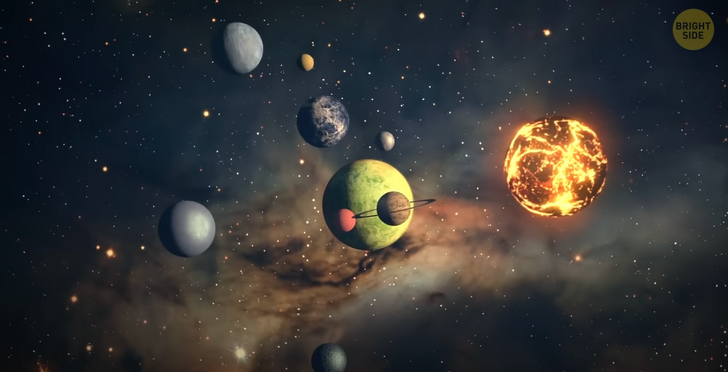
Let’s choose Alpha Centauri A. Just like on the New Earth. Here our average temperatures are about 70 °F. But now, the temperature variation is quite large. It goes from −100 °F at the South Pole to 113 °F at the equator. Eh, we’ll be fine close to the North.
The day is still 24 hours, and the orbital period is 1 year and 1 month. It’s almost the same for the Alpha Centauri B, but the orbital period is about half a year. Other conditions are very similar to those on Earth. Changes in the seasons are almost not noticeable. The temperatures don’t change much either.
No matter where we settle down, the neighboring star will be clearly visible, but we probably won’t see Proxima Centauri. And that’s about it. Of course, all of this assumes perfect conditions. Just like on Earth, one slightest change — whether it’s a thin atmosphere or a bigger distance from the star — and it won’t end well.
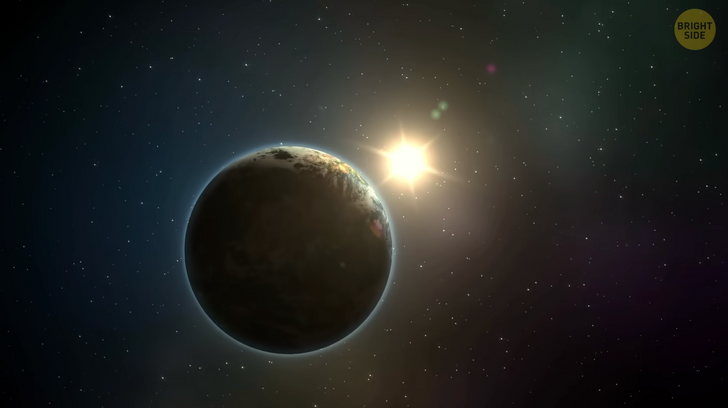
We got really lucky with our Earth! But even so, the chances of finding a habitable planet are very high. Even with the tiniest possibility, there will be about 15 million planets in our Universe where we can find life.











